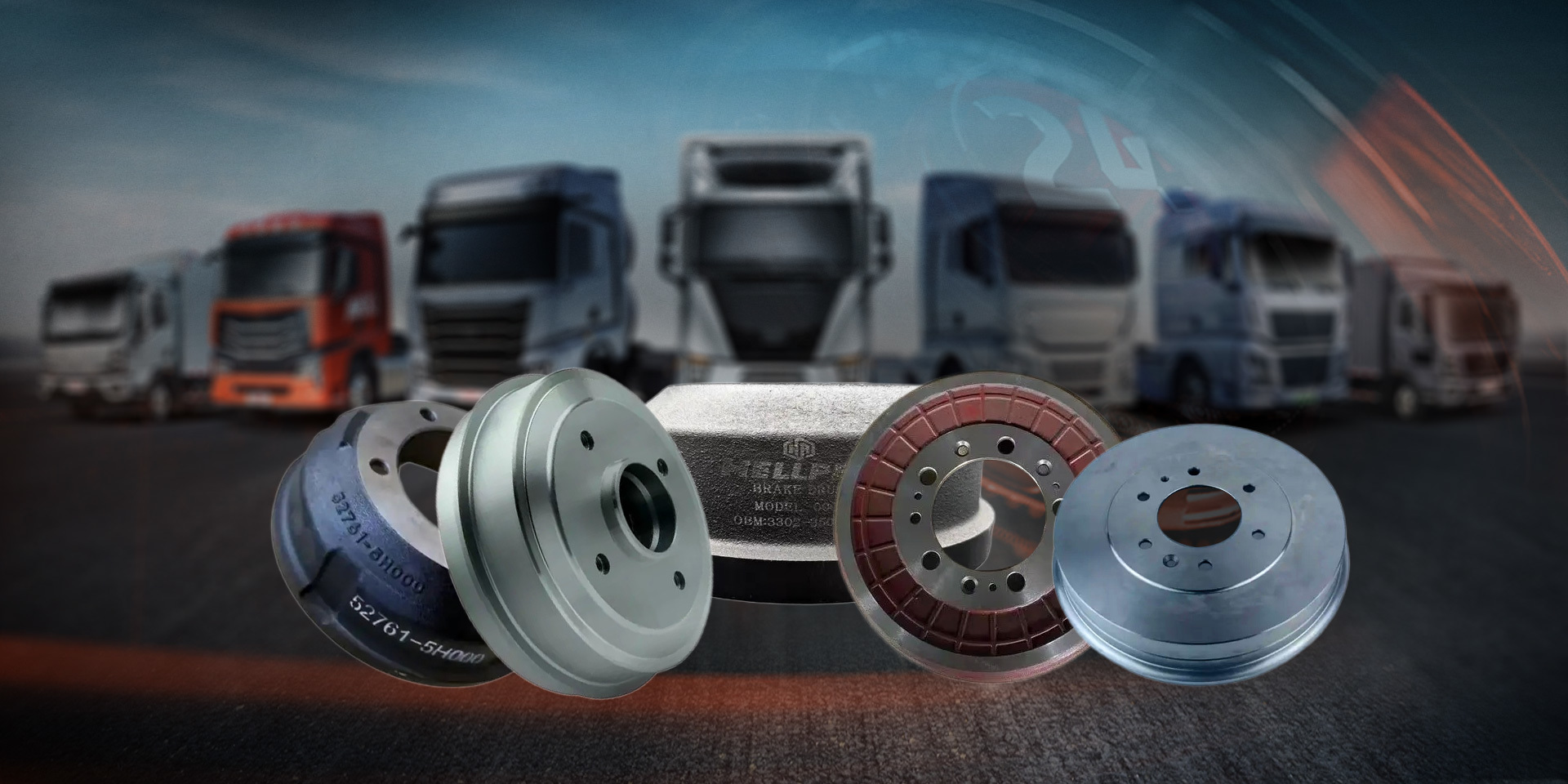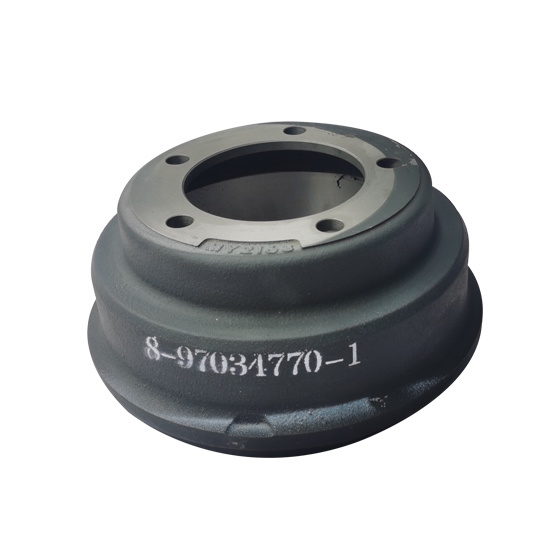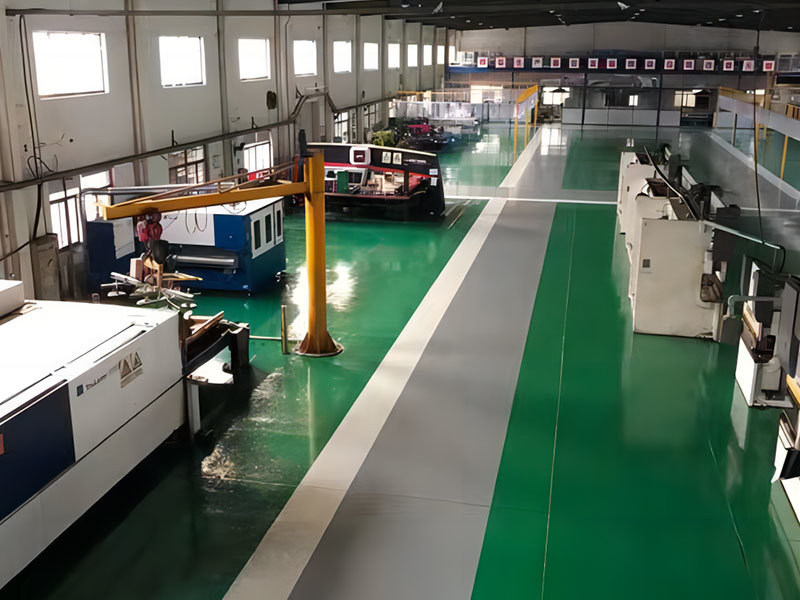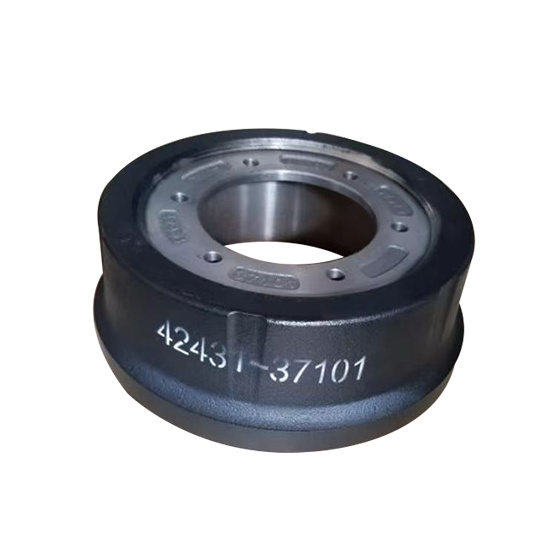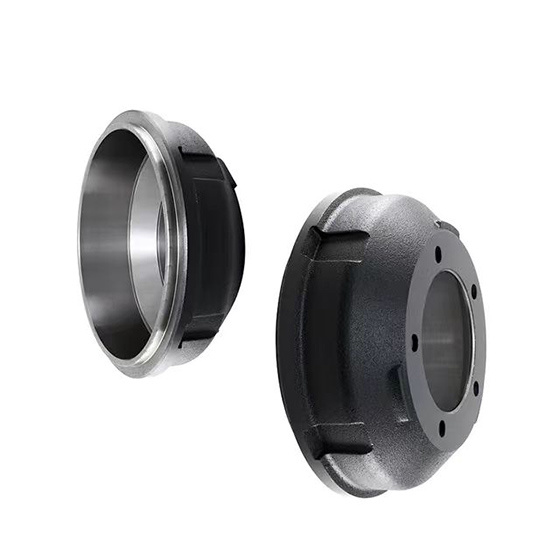Maximizing Safety and Efficiency with Advanced Brake Drum Designs
Release time:
31 Jul,2025
Maximizing Safety and Efficiency with Advanced Brake Drum Designs Table of Contents Understanding Brake Drum Designs The Importance of Brake Safety Innovations in Brake Drum Materials Design Advancements and Technology Maintenance Best Practices for Brake Drums Common Issues with Brake Drums Future Trends in Brake Drum Design Frequently Asked Questions Understandi

Maximizing Safety and Efficiency with Advanced Brake Drum Designs
Table of Contents
- Understanding Brake Drum Designs
- The Importance of Brake Safety
- Innovations in Brake Drum Materials
- Design Advancements and Technology
- Maintenance Best Practices for Brake Drums
- Common Issues with Brake Drums
- Future Trends in Brake Drum Design
- Frequently Asked Questions
Understanding Brake Drum Designs
Brake drums are crucial components of a vehicle's braking system, typically found in rear drum brakes of many cars and trucks. These cylindrical devices play a pivotal role in converting the kinetic energy of the vehicle into thermal energy during braking. Therefore, the design and efficiency of brake drums significantly influence overall vehicle safety and performance.
Modern brake drums are engineered to provide optimal friction, durability, and heat dissipation. Their design involves intricate calculations to ensure that they can withstand the immense forces generated during braking while maintaining consistent performance under various driving conditions.
The Importance of Brake Safety
Every vehicle owner understands the paramount importance of brake safety. Inefficient braking systems can lead to catastrophic failures, accidents, and even fatalities. With statistics showing that brake failure is a leading cause of vehicular accidents, prioritizing advanced brake drum designs is essential.
Efficient brake drums contribute not only to stopping power but also to the overall longevity of the braking system. High-quality designs reduce wear and tear on brake pads, thereby lowering maintenance costs and enhancing vehicle reliability.
Innovations in Brake Drum Materials
The evolution of brake drum materials has been significant in maximizing safety and efficiency. Traditional cast iron is being replaced or supplemented with advanced composites and alloys that offer several advantages:
1. Lightweight Materials
The introduction of lightweight materials such as aluminum and carbon fiber significantly reduces the overall weight of the braking system. This reduction enhances vehicle performance and fuel efficiency while maintaining structural integrity.
2. Heat-Resistant Alloys
New thermal-resistant alloys can withstand greater heat without warping or degrading. These materials enhance the durability and performance of brake drums, allowing them to perform optimally even under extreme conditions.
3. Composite Materials
Composite brake drums combine several materials to achieve superior performance properties. These designs not only improve strength but also reduce noise and vibrations during operation.
Design Advancements and Technology
The advancement in technology has led to innovative designs in brake drums that prioritize safety and efficiency.
1. Ventilated Drum Designs
Ventilated brake drums feature integrated cooling systems that allow air to flow through the drum. This design helps dissipate heat more effectively, preventing brake fade and enhancing performance during prolonged braking.
2. Improved Friction Materials
Modern brake drums utilize advanced friction materials that provide better grip and performance. These materials are engineered to operate effectively under various temperature ranges, ensuring consistent braking power.
3. Computer-Aided Design (CAD)
The use of CAD software in brake drum design allows for precise modeling and simulation. Engineers can analyze the performance under various conditions, ensuring that the final product meets stringent safety standards.
Maintenance Best Practices for Brake Drums
To maximize the lifespan and efficiency of brake drums, regular maintenance is essential. Here are some best practices to follow:
1. Regular Inspections
Routine inspections help identify wear and tear before they lead to severe issues. Check for cracks, warping, and thickness at regular intervals.
2. Proper Cleaning
Brake drums should be cleaned regularly to remove dust and debris that can affect braking performance. Utilizing the right cleaning agents is crucial to prevent corrosion.
3. Timely Replacement
If a brake drum shows signs of significant wear or damage, it is essential to replace it promptly. Delaying replacement can compromise safety and efficiency.
Common Issues with Brake Drums
Despite advancements, brake drums can encounter various problems. Understanding these issues can help in addressing them effectively.
1. Overheating
Overheating can lead to brake fade, reducing braking effectiveness. This issue is often caused by prolonged braking or insufficient cooling.
2. Cracks and Warping
Frequent high-temperature exposure can cause cracks or warping in the brake drum, which compromises its structural integrity and performance.
3. Uneven Wear
Uneven wear patterns can result from poor alignment or installation. This issue can lead to vibrations and reduced braking efficiency.
Future Trends in Brake Drum Design
As technology progresses, the future of brake drum design looks promising. Here are some anticipated trends:
1. Smart Brake Systems
Integration of smart technology into brake systems will allow for real-time monitoring of brake performance, enabling preventative maintenance and improved safety.
2. Enhanced Sustainability
The push toward sustainability will drive the use of eco-friendly materials in brake drum manufacturing, reducing environmental impact while maintaining performance.
3. Advanced Simulation Techniques
The implementation of advanced simulation tools will allow engineers to test brake drum designs under various scenarios, optimizing their performance before production.
Frequently Asked Questions
What is the primary function of a brake drum?
The primary function of a brake drum is to convert the kinetic energy of a moving vehicle into thermal energy through friction, allowing the vehicle to slow down or stop.
How often should brake drums be inspected?
Brake drums should ideally be inspected every 10,000 miles or during regular vehicle service intervals to ensure that they are functioning optimally.
What are the signs of worn brake drums?
Signs of worn brake drums include unusual noises (such as grinding or squealing), vibrations during braking, and reduced braking efficiency.
Can I replace brake drums myself?
While it is possible to replace brake drums yourself, it is recommended to seek professional assistance if you lack the necessary tools or expertise to ensure safety and proper installation.
What materials are used in modern brake drum designs?
Modern brake drums are made from a variety of materials, including cast iron, aluminum, and advanced composites, which provide improved performance and durability.
Conclusion
In summary, advanced brake drum designs play a crucial role in maximizing safety and efficiency in the automotive industry. By embracing innovative materials, cutting-edge technology, and best maintenance practices, vehicle owners can significantly enhance their braking systems' performance and longevity. As we move forward, the integration of smart technologies and sustainable materials will further revolutionize brake drum design, paving the way for safer, more efficient vehicles. Prioritizing the quality and maintenance of brake drums is not just an investment in performance; it is an investment in safety on the road.
Tag:
All
- All
- Product Management
- News
- Introduction
- Enterprise outlets
- FAQ
- Enterprise Video
- Enterprise Atlas
RELATED INFORMATION






